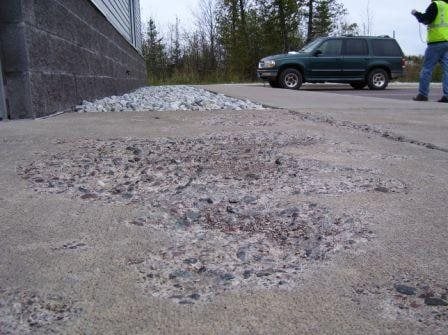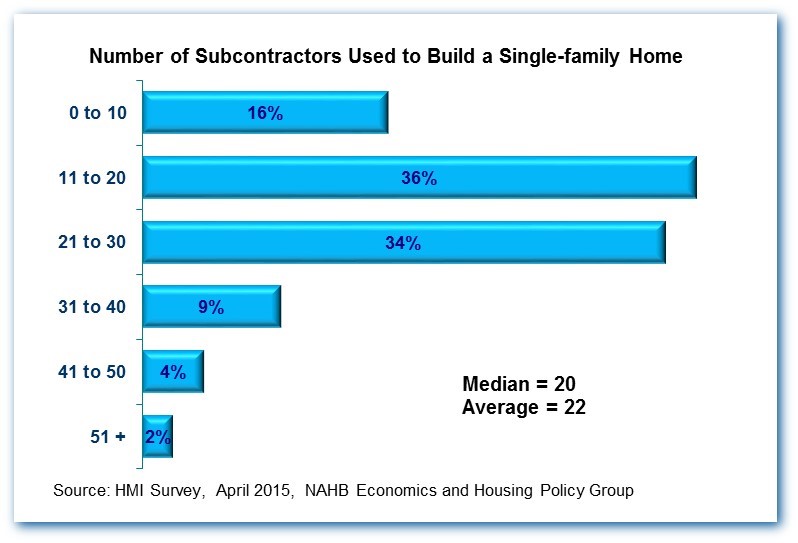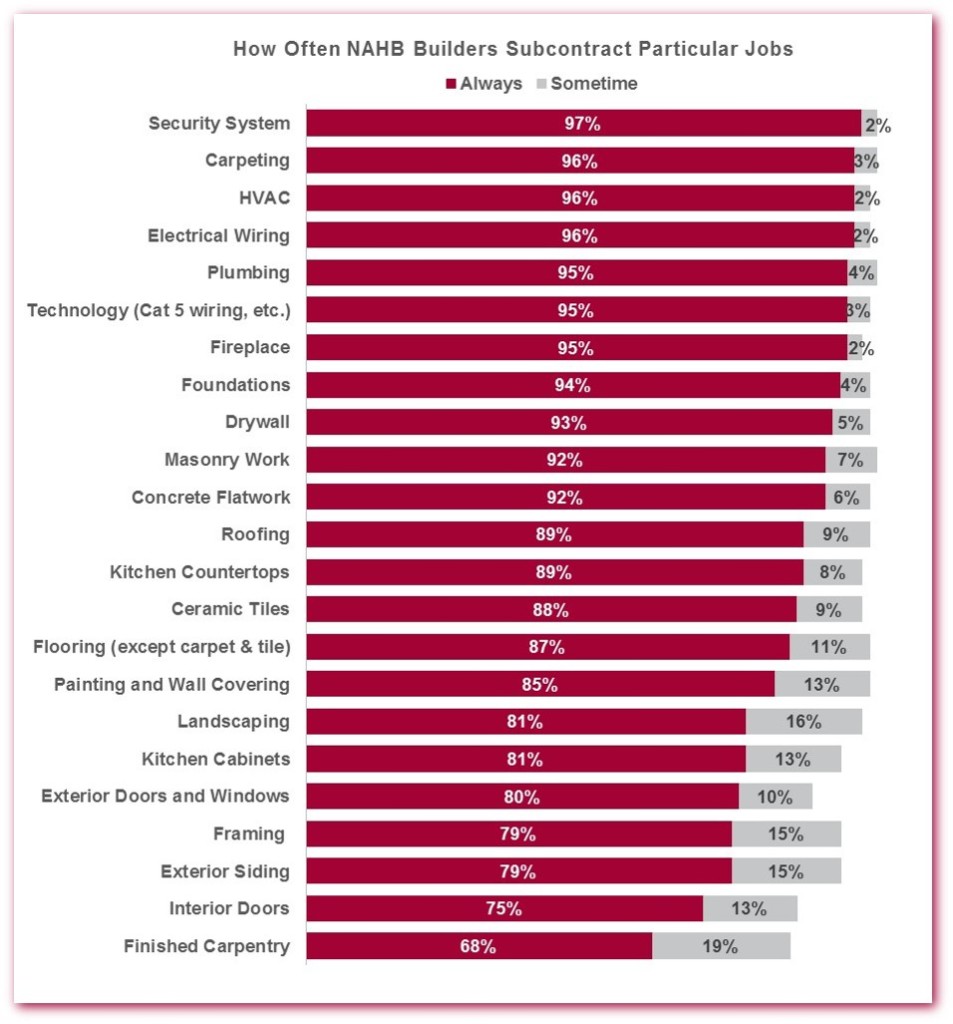
Photo by LostINMia’s Flickr via MNT Flickr Pool |
The dirty secret of Miami’s latest luxury condo boom? Some of those sky-high penthouses are being bought by international criminals and other shady individuals to launder money. How many? Well, the Treasury Department’s Financial Crimes Enforcement Network wants to find out.
Take, for instance, Spanish drug kingpin Álvaro López Tardón. He ran an international cocaine ring, and to help hide his money, he set up shell corporations to buy 14 condos in Miami. Tardón is now serving a 150-year prison sentence, but the feds suspect he might be just the tip of the iceberg when it comes to funneling shady money into Miami luxury real estate.
Today the Treasury Department announced it’s targeting Miami-Dade County and Manhattan with a “geographic targeting order” to find out who is buying all of those high-end condos.
“[We are] concerned that all-cash purchases — i.e., those without bank financing — may be conducted by individuals attempting to hide their assets and identity by purchasing residential properties through limited liability companies or other opaque structures,” reads a release from the feds.
The Treasury Department will now require insurance companies to identify the names of the buyers of any all-cash real-estate transactions in Miami-Dade of more than $1 million and report them to the federal government. Those names, however, will not be released to the public.
Currently, buyers can use a network of shell companies, both offshore and domestic, to shield their identities. When buyers pay in cash, it’s even harder to track the origin of the money because no mortgages are involved.
The order will be in place from March until August, but according to the New York Times, if multiple instances of money laundering are uncovered, permanent rules will be put in place and the requirement may be extended beyond Manhattan and Miami-Dade.
Concerns that Miami’s latest real-estate bubble is being fueled, at least in part, by money laundering is nothing new. In 2013, the Nation published a report about the prevalence of the practice in Miami-Dade.
“There is a huge amount of dirty money flowing into Miami that’s disguised as investment,” Jack Blum, a Washington attorney specializing in money-laundering cases, told the Nation. “The local business community sees any threat to that as a threat to the city’s lifeblood.”
The news comes as foreign investment in Miami luxury properties is already decreasing. Curbed Miami reported earlier this week that “stock market volatility in China, low oil prices, currency devaluations in South America, and a heck of a lot of new condo units coming on the market” is leading to softening demand.
The effect the order will have on Miami’s already shaky real-estate market depends upon the number of buyers using dirty money to purchase those properties.
read more…
http://www.miaminewtimes.com/news/feds-will-track-how-much-of-miamis-real-estate-boom-is-being-fueled-by-money-laundering-8174220














